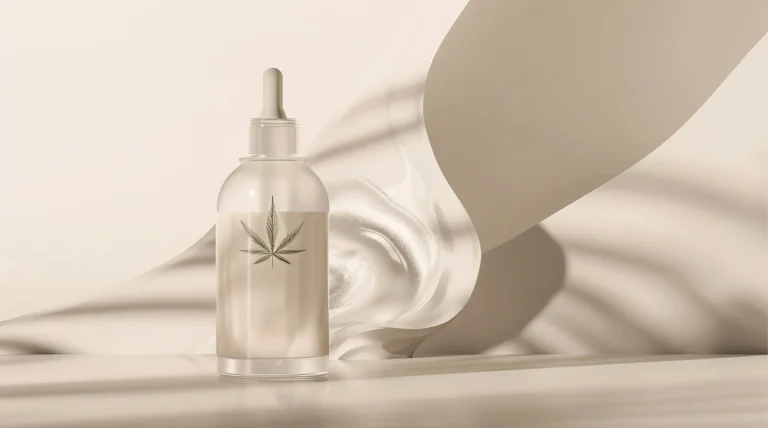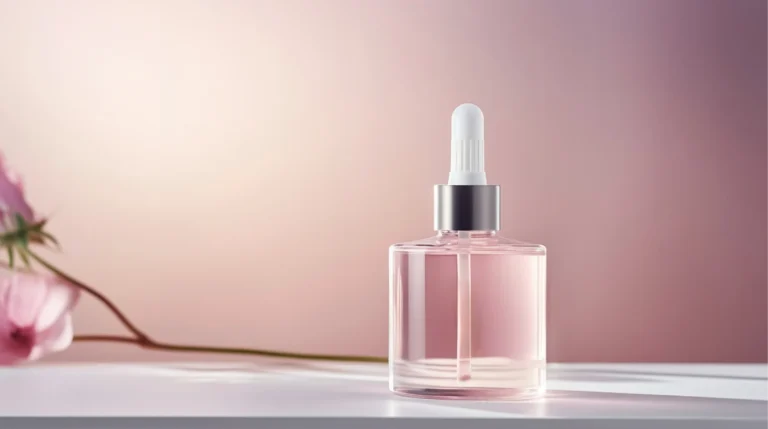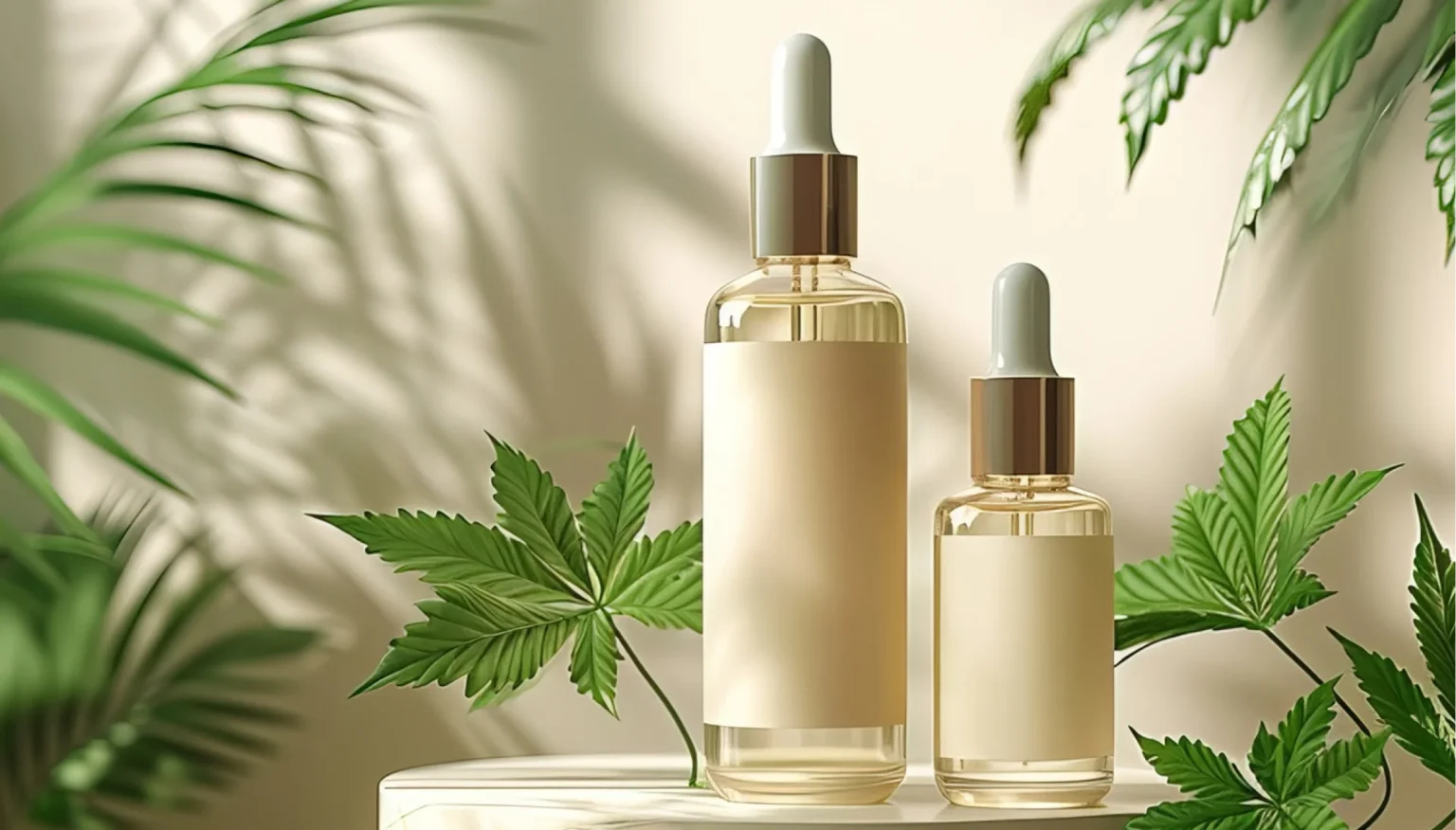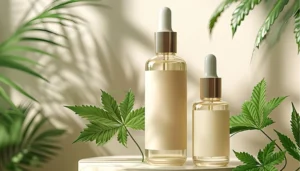Product photography for oils can be challenging yet rewarding due to their unique colors, textures, and transparencies. While traditional methods can be effective, CGI offers creative possibilities. In this article, we’ll explore ideas to make your oil product photography stand out.
Capturing texture, color, and transparency

One of the primary objectives when photographing oils is to highlight their unique characteristics. CGI provides unparalleled control over texture, color, and transparency, allowing you to showcase these attributes in captivating detail.
- Texture Exploration: Texture is not just about replicating the physical surface of the oil but also about evoking tactile sensations. Experiment with various surface imperfections, such as tiny bubbles or subtle ripples, to create a sense of realism that draws viewers in. Consider simulating the way light interacts with the surface texture, highlighting its smoothness or viscosity.
- Color Enhancement: Dive deeper into color manipulation techniques to evoke specific emotions or associations. For example, adjust the saturation and hue to accentuate the golden tones of olive oil, or add hints of warmth to enhance the inviting nature of essential oils. Utilize color psychology principles to ensure your color choices resonate with your target audience.
- Transparency Showcase: Explore advanced rendering methods to accurately reproduce the refractive properties of oils. Experiment with volumetric rendering to capture the subtle interplay of light as it passes through the liquid, creating mesmerizing effects that enhance the perception of depth and clarity. Pay attention to the way light scatters within the oil, adding layers of complexity to the final image.
- Viscosity Variation: Highlight the viscosity differences between various oils by simulating their unique flow characteristics. Whether it’s the thick, syrupy consistency of motor oil or the delicate, free-flowing nature of essential oils, adjust the viscosity parameters to convey the distinct qualities of each product. Showcase how the oils interact with their containers or drip slowly, emphasizing their luxurious texture.
- Macro Detailing: Zoom in on the microscopic details of the oils to showcase their intricate beauty. Use CGI to magnify tiny droplets or suspended particles within the liquid, revealing hidden nuances that are often overlooked. This close-up perspective allows viewers to appreciate the complexity and purity of the oils on a whole new level.
Mastering texture, color, and transparency provides creative possibilities. By exploring each element, you can create visually stunning images that highlight the beauty of oils and resonate with your audience.
Lighting techniques for sheen and sparkle

Lighting plays a crucial role in oil product photography, particularly when it comes to highlighting the sheen and sparkle of the liquids. With CGI, you have complete control over lighting setups, enabling you to create mesmerizing visual effects.
Experiment with different softbox sizes and placements to achieve subtle variations in lighting quality. Consider using a large softbox positioned overhead to create a gentle, diffused glow that bathes the oils in soft, even light. Adjust the distance between the softbox and the subject to control the intensity of the highlights and shadows, fine-tuning the overall mood of the image.
Take rim lighting to the next level by incorporating colored gels to add a hint of drama and flair. Experiment with warm tones like amber or gold to create a sense of warmth and richness, or opt for cooler tones like blue or teal for a more contemporary feel. Play with the angle and intensity of the rim light to sculpt the contours of the oils, enhancing their three-dimensional presence.
Explore advanced rendering techniques to simulate realistic specular highlights that mimic the reflection of light off the surface of the oils. Experiment with different light sources, such as point lights or area lights, to achieve the desired level of sparkle and shine. Adjust the roughness parameters of the materials to control the size and intensity of the highlights, creating dynamic visual effects that draw the viewer’s eye.
Use backlighting to create ethereal, luminous effects that accentuate the transparency of the oils. Position a soft, diffused light source behind the subject to create a glowing halo effect that outlines the edges of the containers or droplets. Adjust the intensity and color temperature of the backlight to create subtle variations in mood and atmosphere, adding depth and dimension to the composition.
Study the impact of lighting angles and ratios on the perception of texture and sheen. Experiment with different lighting setups, to sculpt the contours of the oils and accentuate their reflective properties. Play with the interplay of light and shadow to create dynamic contrasts that enhance the visual interest of the image.
Good lighting is crucial in oil product photography to showcase the shine and sparkle of liquids. With CGI, try different lighting techniques like softbox, rim lighting, specular highlights, and backlighting to create stunning images, without additional costs.
Backgrounds and props to complement the product

In addition to mastering texture, color, and lighting, selecting the right backgrounds and props can elevate your oil product photography to new heights. Consider the following ideas to enhance the visual impact of your images:
- Natural Elements: Expand your repertoire of natural elements to include a diverse range of textures and colors. Use unconventional materials like rough-hewn stone or weathered wood to add a rustic, organic charm to your compositions. Integrate subtle botanical accents such as fresh herbs or delicate flowers to evoke a sense of purity and vitality, reinforcing the natural origins of the oils.
- Minimalist Settings: Embrace the timeless elegance of minimalist design by opting for clean, uncluttered backgrounds that allow the oils to take center stage. Explore the use of negative space to create a sense of balance and harmony within the composition, emphasizing the simplicity and sophistication of the products. Experiment with monochromatic color schemes or subtle gradients to add visual interest without overwhelming the viewer.
- Contrasting Textures: Push the boundaries of contrast by juxtaposing disparate textures to create visual tension and intrigue. Pair the sleek, reflective surfaces of glass bottles with rough, tactile backdrops like textured fabric or distressed metal to create dynamic visual juxtapositions. Experiment with the interplay of light and shadow to accentuate the textural differences, enhancing the overall depth and dimensionality of the image.
- Dynamic Compositions: Break free from traditional compositional conventions by experimenting with dynamic arrangements and perspectives. Explore unconventional camera angles and viewpoints to create compelling visual narratives that invite viewers to engage with the scene on a deeper level. Play with asymmetry and negative space to add a sense of movement and energy to your compositions, creating a dynamic sense of balance and harmony.
- Storytelling Props: Infuse your images with narrative depth by incorporating props that evoke a sense of storytelling and emotion. Consider integrating subtle thematic elements that resonate with the unique characteristics of the oils, such as vintage kitchen utensils for cooking oils or aromatic botanicals for essential oils. Make use of the placement and arrangement of props to create compelling visual narratives that capture the imagination and evoke a sense of wonder.
For compelling oil product photography, select the right backgrounds and props. Use natural elements, minimalist settings, or contrasting textures to enhance the aesthetic and narrative. Dynamic compositions and storytelling props can add depth and emotion, drawing viewers in.
Wrapping up
With CGI in oil product photography, you can capture the unique texture, color, and transparency of oils. Master lighting, backgrounds, and props to create stunning images. Experiment and pay attention to detail for outstanding results.
FAQ
Can CGI replicate the realistic look and feel of oils?
Yes, CGI technology has advanced significantly in recent years, allowing for highly realistic rendering of textures, colors, and transparencies. With skilled rendering and lighting techniques, CGI can produce images that are virtually indistinguishable from traditional photography.
What are the advantages of using CGI for oil product photography?
CGI offers numerous advantages, including complete control over lighting, texture, and composition. It allows for precise manipulation of every element, resulting in images that are highly customizable and consistent. Additionally, CGI eliminates the need for physical prototypes and allows for easy modifications during the creative process.
Can CGI be cost-effective compared to traditional photography methods?
While the initial setup costs for CGI may be higher due to software and hardware requirements, it can ultimately be more cost-effective in the long run. With CGI, there are no expenses associated with props, sets, or location rentals, and images can be easily modified and reused for various marketing purposes.
How can I ensure the oils in my CGI images look authentic and appealing?
Achieving authenticity in CGI oil product photography involves careful attention to detail in texture, color, and transparency. Experiment with different rendering techniques to accurately reproduce the unique characteristics of each oil. Additionally, pay close attention to lighting and composition to enhance the visual appeal of the oils.
Are there any limitations to using CGI for oil product photography?
Achieving photorealistic results may require advanced technical skills and specialized software. Additionally, rendering complex scenes with highly detailed textures can be time-consuming and computationally intensive. However, with dedication and practice, you can overcome these challenges and produce stunning CGI oil product images.


























